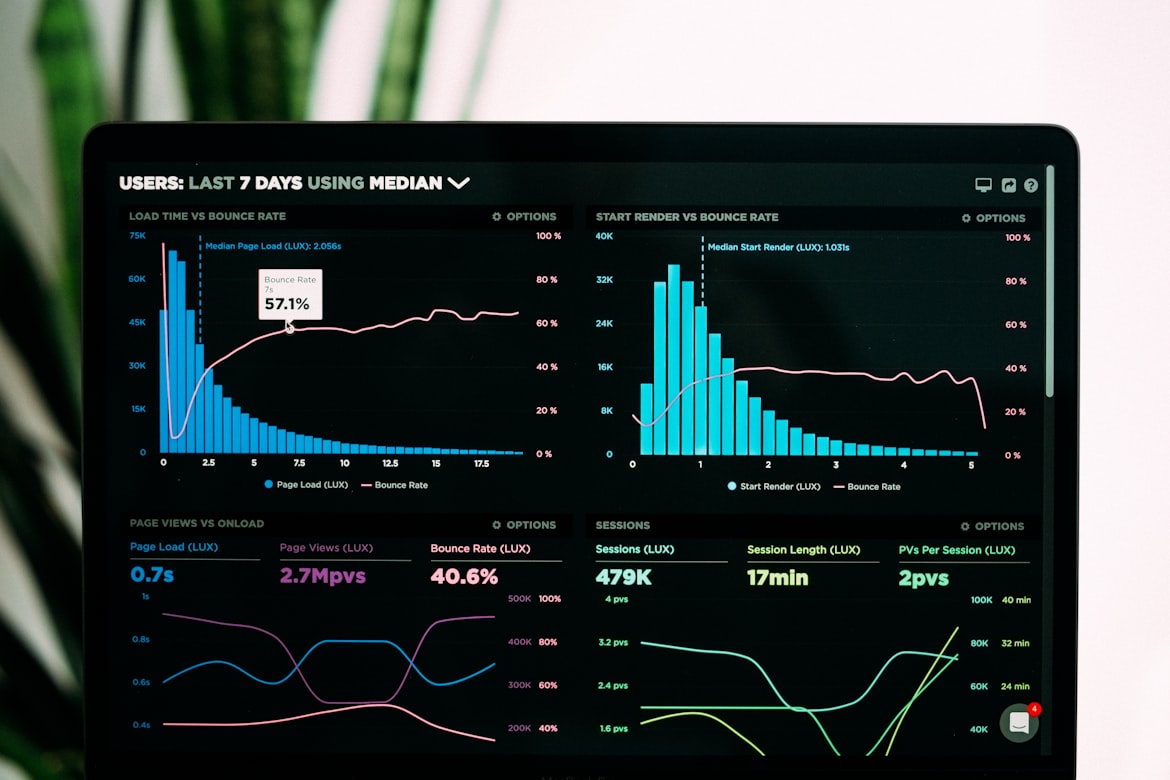For modern organizations, ensuring continuous security compliance isn't just good practice—it's essential for protecting sensitive data, maintaining customer trust, and meeting regulatory requirements. DevSecOps automation provides a powerful approach to integrating compliance checks throughout the development and operations lifecycle, helping organizations maintain a strong security posture while keeping pace with rapid development cycles.
The Compliance Challenge in Modern Security Operations
Traditional approaches to security compliance often involve periodic audits and manual reviews—processes that are time-consuming, error-prone, and incompatible with modern development practices. With organizations deploying code changes multiple times a day and infrastructure constantly evolving, point-in-time compliance checks are no longer sufficient.
The challenges are particularly acute for organizations subject to multiple regulatory frameworks such as GDPR, HIPAA, PCI DSS, SOC 2, and industry-specific regulations. Each framework has its own requirements, and manually tracking compliance across all of them can quickly become overwhelming.
Enter DevSecOps Automation for Continuous Compliance
DevSecOps automation addresses these challenges by embedding security and compliance checks directly into the development and operations workflows. This shift from periodic compliance checks to continuous validation enables organizations to identify and address compliance issues early, reducing risk and saving time and resources.
Key Components of Continuous Compliance through DevSecOps Automation
1. Automated Security Configuration Management
Security configuration management is a cornerstone of effective compliance. By automating the management of security configurations, organizations can ensure that systems consistently adhere to security baseline requirements. This includes:
- Automatically applying security hardening templates to new infrastructure
- Continuously monitoring for configuration drift
- Implementing automated remediation for non-compliant configurations
2. Policy-as-Code for Compliance Requirements
Policy-as-code allows organizations to express compliance requirements as code that can be automatically evaluated against infrastructure and applications. Benefits include:
- Consistent application of compliance policies across environments
- Version control for compliance requirements, enabling tracking of policy changes
- Automated testing of configurations against compliance rules
3. Compliance Checks in CI/CD Pipelines
Integrating compliance checks into continuous integration and continuous deployment (CI/CD) pipelines enables early detection of compliance issues:
- Pre-commit hooks to validate compliance before code is committed
- Build-time checks to verify compliance during the build process
- Deployment-time verification to ensure infrastructure meets compliance requirements
4. Security Orchestration for Compliance Workflows
Security orchestration automates compliance-related workflows, reducing manual effort and ensuring consistency:
- Automated generation of compliance reports
- Orchestrated remediation of compliance violations
- Integration with ticketing systems for exceptions and approvals
5. Continuous Compliance Monitoring
Implementing continuous monitoring ensures that compliance is maintained over time, not just at deployment:
- Real-time detection of compliance drift
- Automated alerts for compliance violations
- Regular compliance status reporting
Implementing Continuous Compliance: A Step-by-Step Approach
Step 1: Map Compliance Requirements to Controls
Begin by mapping regulatory requirements to specific technical controls. This translation creates a clear link between compliance frameworks and the technical implementations needed to satisfy them.
Step 2: Implement Policy-as-Code
Convert your compliance requirements into machine-readable policies using policy-as-code tools. These policies will serve as the foundation for automated compliance validation.
Step 3: Integrate Compliance Checks into Development Workflows
Add compliance validation to your development workflows, including:
- Developer tools for pre-commit validation
- CI/CD pipeline integrations
- Infrastructure as Code (IaC) security validation
Step 4: Implement Continuous Monitoring
Deploy tools to continuously monitor your production environment for compliance, with capabilities for:
- Configuration validation
- Security control effectiveness assessment
- Automated remediation where appropriate
Step 5: Establish Compliance Reporting and Dashboards
Create automated compliance reporting that provides real-time visibility into your compliance posture, including:
- Compliance dashboards for different stakeholders
- Detailed evidence collection for audits
- Trend analysis to identify patterns in compliance issues
Real-World Success Stories
Financial Services: Automating PCI DSS Compliance
A global financial services company implemented DevSecOps automation for PCI DSS compliance, resulting in:
- 90% reduction in compliance verification time
- 75% fewer compliance-related defects reaching production
- Significantly simplified audit processes
Healthcare: HIPAA Compliance at Scale
A healthcare technology provider used security orchestration and DevSecOps automation to manage HIPAA compliance across multiple products, achieving:
- Consistent application of HIPAA requirements across products
- Automated generation of compliance evidence
- Ability to demonstrate continuous compliance to customers and regulators
Overcoming Common Challenges
Challenge: Complex Regulatory Landscape
Solution: Use a control mapping approach that aligns multiple regulations to a common set of technical controls, reducing duplication of effort.
Challenge: Legacy Systems
Solution: Implement compensating controls and enhanced monitoring for systems that cannot be fully automated, while gradually modernizing where possible.
Challenge: Compliance Exceptions
Solution: Develop automated workflows for managing exceptions, including approval processes, documentation requirements, and expiration dates.
Best Practices for Continuous Compliance Success
1. Shift Compliance Left
Include compliance requirements early in the development process to avoid costly remediation later. Provide developers with tools and guidance to understand and implement compliance requirements.
2. Focus on Automation, Not Just Tools
While tools are important, focus on automating end-to-end compliance processes, including validation, remediation, and reporting.
3. Maintain Clear Compliance Documentation
Ensure that all compliance policies and controls are well-documented and kept up-to-date as regulations and systems evolve.
4. Foster Collaboration Between Security and Development Teams
Promote a collaborative culture where security and development teams work together to address compliance requirements.
5. Continuously Improve
Regularly review and refine your compliance automation approach based on audit findings, incidents, and changes in regulatory requirements.
Conclusion
Implementing continuous security compliance through DevSecOps automation represents a fundamental shift in how organizations approach compliance—moving from periodic, manual checks to continuous, automated validation. This shift not only improves compliance outcomes but also allows organizations to maintain velocity while ensuring security.
By embedding compliance checks into development and operations workflows, automating security configuration management, and implementing continuous monitoring, organizations can achieve a state of continuous compliance that satisfies regulatory requirements while supporting modern development practices.
As regulatory requirements continue to evolve and technology landscapes become increasingly complex, organizations that adopt DevSecOps automation for compliance will be better positioned to adapt while maintaining a strong security and compliance posture.


